Hakbongjongtaek [Korea Quality] / 학봉종택 [한국관광 품질인증]
7.1 Km 5945 2023-09-05
2830-6 , Pungsantaesa-ro, Andong-si, Gyeongsangbuk-do
+82-54-852-2087, +82-10-5263-8365
Hakbong Head House in Andong, Gyeongsangbuk-do, is the head house of the Uiseong Kim Clan. Originally built by Joseon scholar and educator Hakbong Kim Seong-il, it was moved to its present location in 1964. As a head house it has an unusually wide daecheong, as well as a large yard and garden with various trees and oddly shaped rocks. Concerts are regularly held at the old house. Hakbong’s descendants inherited not just this historic house, but also his patriotic spirit, many of them devoting themselves to the anti-Japanese independence movement.
Seoksong Garden (석송가든)
7.5 Km 58 2021-03-30
539-23, Jebiwon-ro, Andong-si, Gyeongsangbuk-do
+82-54-841-7000
A place with group seats and individual rooms, it is a restaurant well-known for its steamed carp with spicy sauce and bean sprouts. This Korean dishes restaurant is located in Andong-si, Gyeongsangbuk-do. The representative menu is braised carp.
Andong Gunja Village (안동 군자마을)
8.8 Km 2 2024-02-23
29 Gunjari-gil, Waryong-myeon, Andong-si, Gyeongsangbuk-do
Andong Gunja Village, established 600 years ago, was relocated 2 kilometers from its original site due to submergence during the construction of Andong Dam. The village's tradtional houses and pavilions were meticulously moved to preserve their historic value. Known as Gunja Village, it derives its name from a remark by the Joseon-era civil servant Jeong Gu, who noted, "There is no one in the village who is not a Gunja (gentleman)". The village is home to over 20 ancient houses, including the Hujodang Head House and Takcheongjeong Pavilion, maintained in their original state. Moreover, the village archives over 1,000 documents detailing adoption, property ownership, and labor distribution.
Andong Gunja Village (Ocheon Historic Site) (안동 군자마을(오천유적지))
8.8 Km 18244 2024-05-30
29 Gunjari-gil, Waryong-myeon, Andong-si, Gyeongsangbuk-do
+82-54-852-5414
Andong Gunja Village is a cluster of around twenty hanok. During the Joseon dynasty, this area produced many scholars, hence earning the name Gunja Village, meaning a village where many learned scholars reside. Designated cultural heritage sites include Takcheongjeong Historic House, and Shrine of the Gwangsan Kim Clan. Visitors can experience hanok stay, immersing themselves in the ambiance of historic houses and traditional customs.
Yedam (예닮)
9.6 Km 70 2021-03-30
78-28, Gwiyeori-gil, Andong-si, Gyeongsangbuk-do
+82-54-842-3131
A restaurant frequently introduced in Korean gourmet programs. The best menu at this restaurant is set menu with grilled salted mackerel. This Korean dishes restaurant is located in Andong-si, Gyeongsangbuk-do.
CHIAMGOTAEK [Korea Quality] / 치암고택 [한국관광 품질인증]
9.8 Km 39329 2020-09-08
297-10, Toegye-ro, Andong-si, Gyeongsangbuk-do
+82-54-858-4411, +82-10-3530-4413
Chiam Old House in Anmak-dong, Andong, Gyeongsangbuk-do is an old traditional Korean house once owned by Lee Man-hyeon(pen name Chiam) who was the 11th-generation descendant of “Toegye” Yi Hwang, one of the most prominent Korean Confucian scholars of the Joseon Dynasty and a high-ranking government official during the reign of King Gojong. This house was originally located in Wonchon-ri, Dosan-myeon but was relocated to its current location in 1976 after a flood caused by the collapse of Andong Dam. Chiam Old House consists of 22 rooms, 5 gates, and 1 detached building. The main building is taller than the detached building. One of the unique features of this detached building is that it has both gable roof and gambrel roof on either side. Listed as Gyeongsangbuk-do Folklore Material No. 11, Chiam Old House now serves as a guesthouse for those wishing to experience an old traditional Korean house. The rooms that are open to guests are “Seongmyeongjae,” “Gyeongeopjae,” and “Nakseongdang.” The large room called “Bakkatchae,” or outer building, is the most comfortable one to stay in for a night, since it's furnished with kitchen, TV, air conditioner, and bathroom. “Seongmyeongjae” means “honesty and integrity” in Korean. It’s an “ondol (Korean floor heating system)” room typical of any traditional Korean house, where you have to sleep on the floor. "Gyeongeopjae" is the most popular one among the guests, and its name means “unselfish and reverent.” The rooms next to the gate called “Ilgeonjae,” “Seokcheonjae,” and “Hakgujae” located along the wall are great places to stay if you want to see the surroundings and the old house at the same time. “Jamnyongdang” on the east side of the main building is named after the small pond in the yard, and it means “to strive to be a man of virtue like the dragon flying in the sky.” There are lots of beautiful flowers in the small garden in complete harmony with the old house and surrounding mountains, making it a great place to take a leisurely walk as you experience the history.
Bap Jal Haneun Jip (밥잘하는집)
9.9 Km 65 2021-03-26
31, Gwiyeori-gil, Andong-si, Gyeongsangbuk-do
+82-54-852-0010
It is a place where you can enjoy various Korean dishes. This Korean dishes restaurant is located in Andong-si, Gyeongsangbuk-do. The representative menu is beefbulgogi.
Hakgasan Recreational Forest (학가산자연휴양림)
9.9 Km 24487 2021-06-15
210, Hyuyangnim-gil, Yecheon-gun, Gyeongsangbuk-do
+82-54-652-0114
Hakgasan Recreational Forest is located in a valley on the northern side of Hakgasan Mountain, known for its clean air. The recreational forest has log cabins that harmonize with the nearby trees, creeks, and rocks, making visitors feel as if they are resting at a luxury villa. It is an ideal vacation destination for those who want to get closer to nature. There is a hiking path leading to the summit of Hakgasan Mountain from the forest, taking around 2 hours. Additional amenities within the forest include campfire pits, an outdoor stage, children's playground, exercise equipment, water play area, a lecture hall, and more.
Yeongju Museom Village (영주 무섬마을)
10.1 Km 21936 2021-08-24
31-12, Museom-ro 234beon-gil, Yeongju-si, Gyeongsangbuk-do
+82-54-638-1127
Located in Sudo-ri in Yeongju, Gyeongsangbuk-do, Museom Village is a charming hanok village surrounded by water. Flowing down from Sobaeksan Mountain and Taebaeksan Mountain, Naeseongcheon Stream and Yeongjucheon Stream converge and loop around Museom Village, surrounding the village on three sides with water. This peninsula-like village is not only the center of traditional Korean culture, but also has a gorgeous natural landscape complete with a wide sandy riverside and a lush inland forest.
Known for Haeudang and Manjukje Houses (two of the most historical hanok houses in the area), the village is also home to other outstanding traditional houses such as the Kim Gyu-jin House and the Kim Wi-jin House. Manjukje House is located at the heart of the village and the oldest traditional house in this hanok village. Manjukje was built in 1666 (7th year of King Heonjong's reign) by Bak Su (the father of the Bannam Bak Family).
Nearby Manjukje is Manun House, built in the early 19th century and named after Kim Hwi-geol (penname “Manun”). The house later became the home of the wife of the famous poet Jo Ji-hun, author of “Byeolli,” a poem expressing the beauty of Museom Village.
Other notable houses include the Kim Wi-jin House (a house belonging to aristocrats), the Kim Jeong-gyu House (a house without the traditional outer fencing), and the Bak Jae-yeon House, where the writings of Bak Gyu-su (a respected scholar during the Joseon period) still remain today.
Another famous attraction in the village is the Single Log Bridge, which was the village’s only connection to the outside world for over 350 years before the construction of Sudo Bridge in 1979. It is a tiny bridge in terms of x_width (30 cm), but it stretches for over 150 meters. It is said that the bridge was rebuilt annually after being destroyed each rainy season. With the construction of Sudo Bridge, the Single Log Bridge was no longer needed, but was rebuilt some time later in its original form. To celebrate the bridge’s impressive history, the village hosts the Single-Log Bridge Festival every October.
Memilkkot Pimyeon (메밀꽃피면)
10.1 Km 77 2021-03-26
22, Seonseong 4-gil, Andong-si, Gyeongsangbuk-do
+82-54-843-1253
It is a place where the directly made soba noodles and thick broth are excellent. The best menu at this restaurant is buckwheat noodles. This Korean dishes restaurant is located in Andong-si, Gyeongsangbuk-do.
![Hakbongjongtaek [Korea Quality] / 학봉종택 [한국관광 품질인증]](http://tong.visitkorea.or.kr/cms/resource/01/2993101_image2_1.jpg)
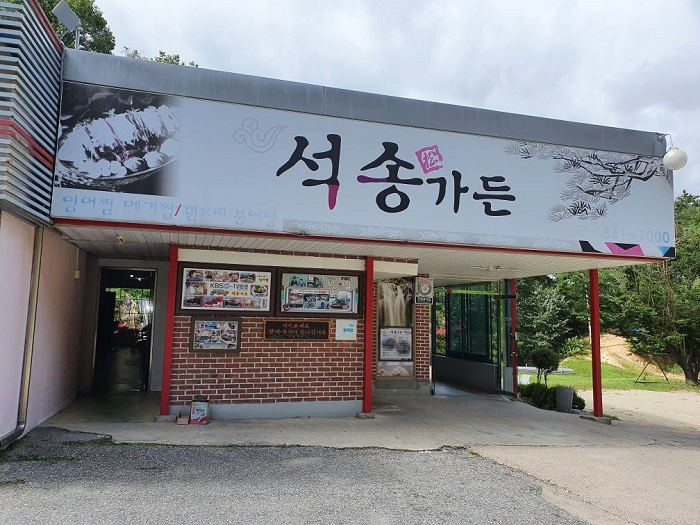
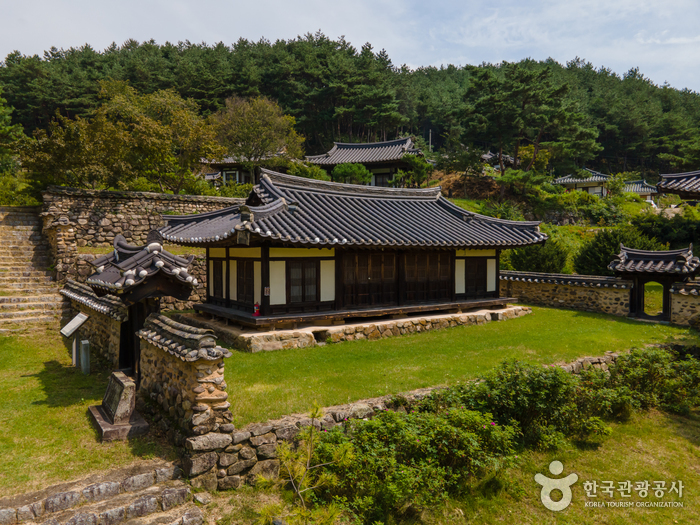

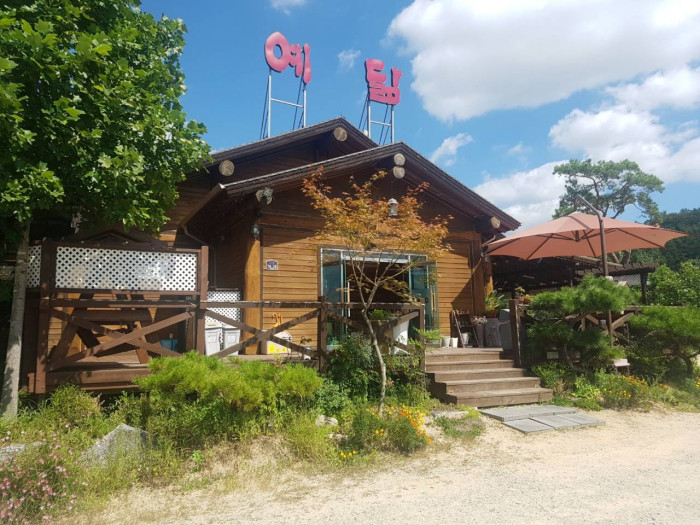
![CHIAMGOTAEK [Korea Quality] / 치암고택 [한국관광 품질인증]](http://tong.visitkorea.or.kr/cms/resource/31/2580131_image2_1.jpg)
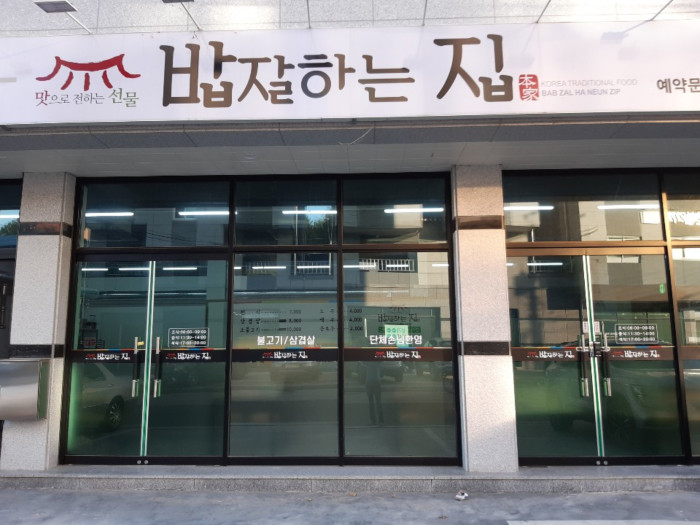
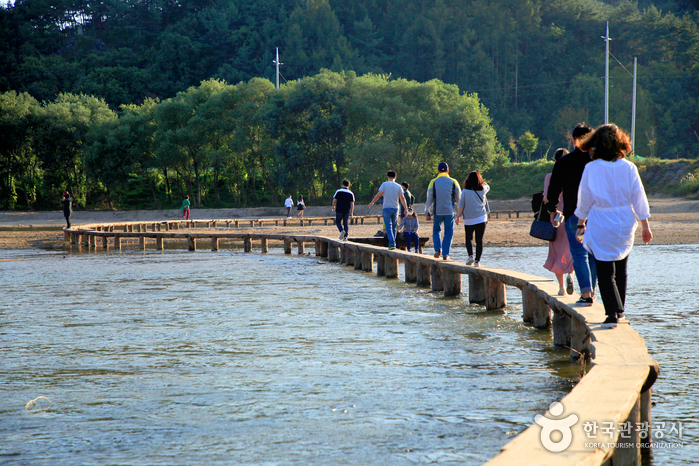
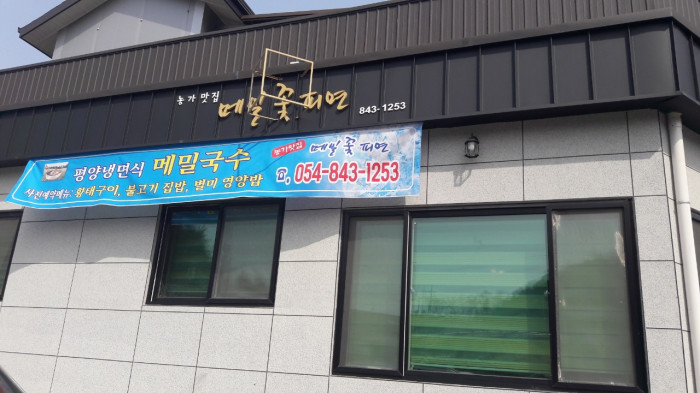
 English
English
 한국어
한국어 日本語
日本語 中文(简体)
中文(简体) Deutsch
Deutsch Français
Français Español
Español Русский
Русский